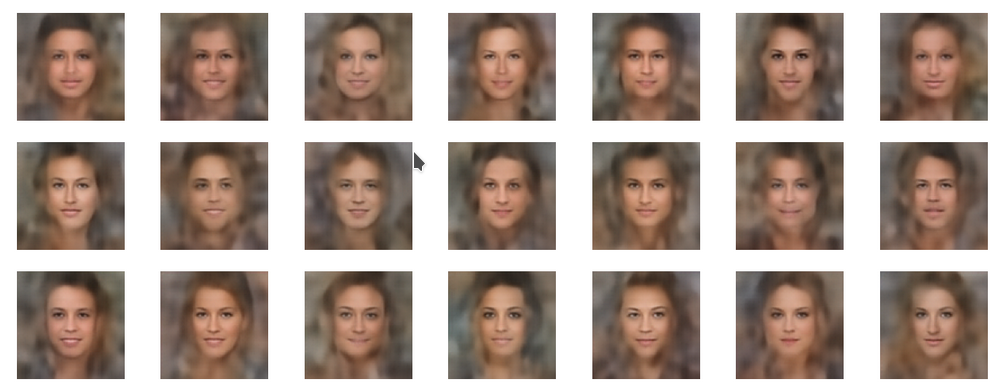This series of posts is about a special kind of Artificial Neural Networks [ANNs] – namely so called Autoencoders [AEs] and their questionable creative abilities.
The series replaces two previous posts in this blog on a similar topic. My earlier posts were not wrong regarding the results of calculations presented there, but they contained premature conclusions. In this series I hope to perform a somewhat better analysis.
Abilities of Autoencoders and the question of a creative application of AEs
On the one hand side AEs can be trained to encode and compress object information. On the other hand side AEs can decode previously encoded information and reconstruct related original objects from the retrieved information.
A simple application of an AE, therefore, is the compression of image data and the reconstruction of images from compressed data. But, after a suitable adaption of the training process and its input data, we can also use AEs for other purposes. Examples are the denoising of disturbed images or the recoloring of grey images. In the latter cases the reconstructive properties of AEs play an important role.
An interesting question is: Can one utilize the reconstructive abilities of an AE for generative or creative purposes?
This post series will give an answer for the special case of images showing human faces. To say it clearly: I am talking about conventional AEs, not about Variational Autoencoders and neither about state of the art AEs based on transformer technology.
Most text books on Machine Learning [ML] would claim that at least Variational Autoencoders (instead of AEs) are required to create reasonable images of human faces … Well, to trigger a bit of your attention: Below you find some images of human faces created by standard Autoencoder – and NOT by a Variational Autoencoder.
I admit: These pictures are far from perfect, but at least they show clear features of human faces. Not exactly what we expect of a pure conventional Autoencoder fed with statistical input. I apologize for the bias towards female faces, but that is a “prejudice” of the AE caused by my chosen set of training data. And the lack of hairdo-details will later be commented on.
I promise: Analyzing the behavior of conventional AEs is still an interesting topic. Despite many and sophisticated modern alternatives for creative purposes. The reason is that we learn something about the way how an AE organizes the information which it gains during training.

